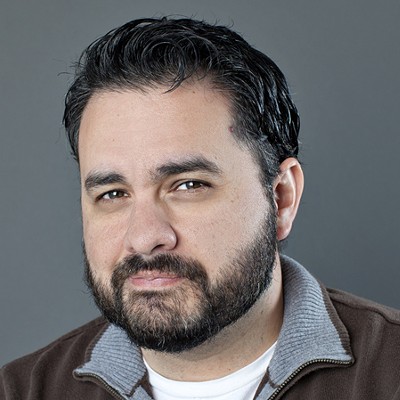The National Oceanic and Atmospheric Administration says that this hurricane season will be normal-to-below normal this year.
Their forecast, which was released Thursday, seems to agree with the prediction from two Colorado State University forecasters who said in April that only three hurricanes will likely form this year.
See also: Only Three Hurricanes Forming This Year, Experts Say
Specifically, NOAA says we should expect three to six hurricanes this year, which would keep things normal, or below normal.
Six hurricanes make up a normal season.
There will be 8 to 13 named storms, and only one or two major hurricanes forming.
Last month, Phil Klotzbach and William Gray of Colorado State University, said that the 2014 hurricane season will be a mild one, thanks mainly to El Niño coming in.
And NOAA echoes that forecast, saying that El Niño will be a major reason why hurricanes will fail to form this season.
According to NOAA, El Niño disrupts the formation of storms with a stronger wind shear than usual in the Atlantic, reducing the number and intensity of tropical storms and hurricanes. Moreover, it acts like a steroid for trade winds and atmospheric stability.
Basically, while El Niño can be a tad unpredictable, it more often than not steers hurricanes away from Florida or messes up hurricanes coming off the coast of Africa altogether.
Of course, that doesn't mean we can't or won't get hit. Only that are chances are reduced.
"Thanks to the environmental intelligence from NOAA's network of earth observations, our scientists and meteorologists can provide life-saving products like our new storm surge threat map and our hurricane forecasts," said Kathryn Sullivan, Ph.D., NOAA administrator, via a press release. "And even though we expect El Niño to suppress the number of storms this season, it's important to remember it takes only one land falling storm to cause a disaster."
Tropical storms usually hit 39 mph or more. Once a storm's winds reach 74 mph, it becomes a hurricane.
A storm that reaches 74 mph is considered a hurricane.
A hurricane with wind speeds of up to 111 mph or more are considered "major."
The outlook calls for a 50 percent chance of a below-normal season, a 40 percent chance of a near-normal season, and only a 10 percent chance of an above-normal season. For the six-month hurricane season, which begins June 1, NOAA predicts a 70 percent likelihood of 8 to 13 named storms (winds of 39 mph or higher), of which 3 to 6 could become hurricanes (winds of 74 mph or higher), including 1 to 2 major hurricanes (Category 3, 4 or 5; winds of 111 mph or higher).These numbers are near or below the seasonal averages of 12 named storms, six hurricanes and three major hurricanes, based on the average from 1981 to 2010. The Atlantic hurricane region includes the North Atlantic Ocean, Caribbean Sea and Gulf of Mexico.
So, this is all relatively good news. Of course, in this day and age of climate change and unpredictability, you never can tell.
Last year, the two Colorado forecasters gave Florida a 72 percent chance of getting hit by a major hurricane. Only Hurricanes Humberto and Ingrid emerged, and neither was ever a serious threat to Florida. The rest of the storms became tropical disturbances and storms, and the ones that did hit Florida were mainly just annoying, dumping a lot of rain on us
Send your story tips to the author, Chris Joseph.
Follow Chris Joseph on Twitter
Follow @NewTimesBroward











